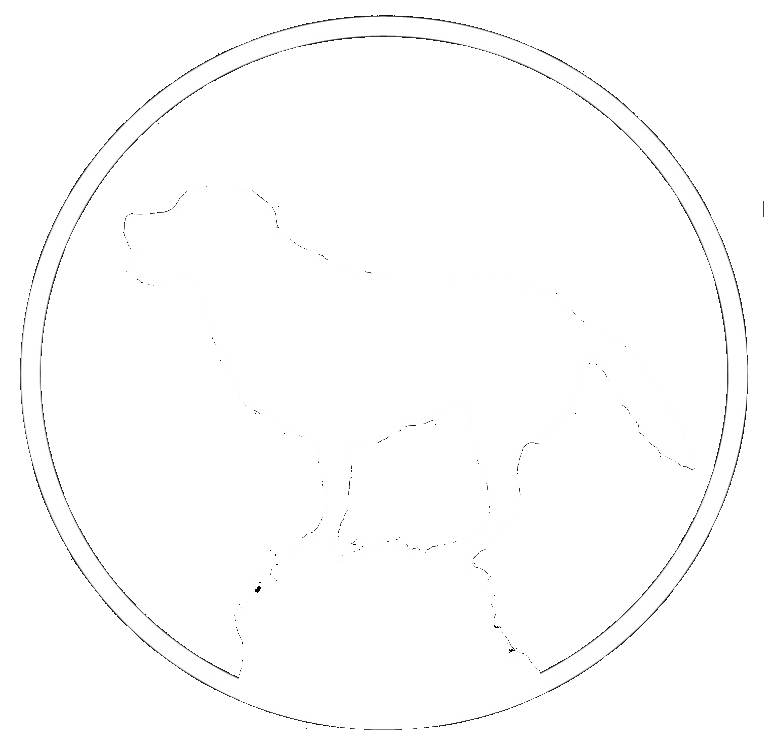The reason a lot of people love dogs is their easy access to states of exuberance and joy. As anyone who has ever walked down a city street or met a dog knows, dogs are easily excitable. Most dogs today are little, furry instant gratification machines.
See another dog? Freak out.
Human looks at you? Freak out.
Going for a walk? Freak out.
Someone has a treat? Freak out.
Dogs are natural pros at getting amped up so what they need from us is an incentive to calm down. In order to be healthy, your dog needs to learn how to regulate their emotions - just like a person!
You can create a container where this is possible by:
Pre-empting your dog's reaction in potentially exciting situations
When you know you are going to subject your dog to those situations that are exciting for them, such as answering the door, passing another dog on the street, getting your dog into the car or approaching water on the trail, be sure to take a deep breath, give a touch on the leash or a verbal command and ask them to focus on you.
Down regulate their energy before they get distracted instead of just trying to manage them after.
Making the right thing easy and the wrong thing hard
When your dog is being reactive and getting overly excited, do what it takes to get their attention back on you and be sure to move away from what they want instead of towards it.
When your dog is jumping around, panting, whining or pulling towards something, stop where you are or move away from it.
Only when your dog is walking calmly and retaining their composure, can you move steadily towards the awesome thing.
Have a picture of what you want in your mind and do whatever it takes to make reality match.
As a leader for your dog, it's important that you always have a picture of what you want reality to look like.
When you put on the leash, you want your dog sitting calmly.
When you open the door, you want your dog ready to wait at the threshold.
When you walk, you want your dog by your side and not pulling.
When you greet another dog, you want your dog's energy to be calm. You want them to be able to approach the other dog with a cool head so they can read and demonstrate prosocial body language.
If your dog is matching the picture you have in your mind, great! Life can keep being awesome!
If your dog's behavior doesn't match what you want, apply pressure with your voice, eyes, body language, leash and energy till you have their attention and they are calm again.

